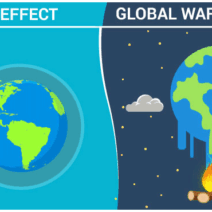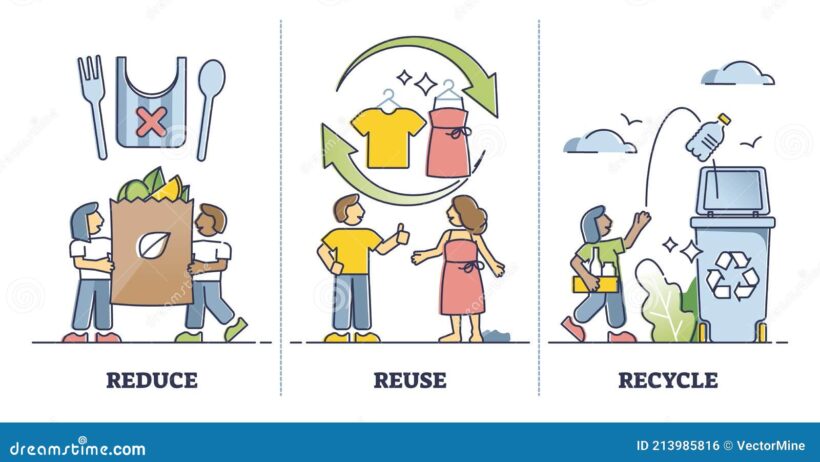The phenomenon of electronic waste, or e-waste, has surged dramatically in recent years, intrinsically linked to our exponentially rising consumption of electronic devices. The digital age has undoubtedly brought forth convenience and connectivity, yet it has simultaneously birthed a colossal environmental dilemma. E-waste refers to discarded electrical or electronic devices, which include everything from outdated smartphones and computers to defunct televisions and appliances. These items, while often viewed as obsolete, harbor a wealth of toxins and metals that can pose significant threats to the environment and public health.
As the shelf life of technology continues to shrink, so does the lifespan of the devices we once cherished. This contributes to a mounting challenge: how to responsibly manage the disposal of these items. Globally, it is estimated that more than 50 million metric tons of e-waste are generated each year, and this figure is projected to increase. Such a rapid escalation raises pressing questions about our consumption patterns, environmental stewardship, and responsibility towards the planet.
The primary constituents of e-waste can be broadly categorized into several types. First, we find consumer electronics, which encompass smartphones, laptops, televisions, and gaming consoles. These categories constitute the most palpable forms of e-waste due to their ubiquitous nature in modern households. The demand for the latest technology often leads consumers to upgrade devices frequently, rendering functional products obsolete.
Second, we have industrial and business electronics that include machinery, servers, and telecommunications equipment. These types of e-waste emerge from corporate use and are often discarded once they outlive their operational utility. Their disposal can be particularly problematic due to the potential for hazardous materials that require careful handling during recycling processes.
Next, there are large appliances like refrigerators, air conditioners, and washing machines. These items not only take up considerable space in landfills, but they can also leak refrigerants and other harmful substances into the environment, exacerbating global warming. It is essential to consider the lifecycle of such appliances, from production to disposal, as their environmental footprint can be significant.
The environmental consequences of improper e-waste disposal are profound. Improperly discarded electronic devices can leach toxic substances into the soil and water. Heavy metals, including lead, mercury, and cadmium, are prevalent in many electronics. When these materials contaminate ecosystems, they can lead to severe health hazards for humans and wildlife alike. Furthermore, as e-waste is often exported illegally to developing countries, the problem is exacerbated in regions where regulations are lax, exposing vulnerable communities to hazardous waste.
Despite the challenges posed by e-waste, a multitude of solutions exists to mitigate its adverse effects. Promoting responsible consumption is paramount. This involves encouraging consumers to consider the longevity and repairability of electronic devices before purchase. Initiatives to extend the life cycle of gadgets through repair programs or modular designs can significantly cut down e-waste generation.
Recycling is another crucial aspect of managing e-waste effectively. Notably, specialized e-waste recycling facilities can recover valuable materials and safely dispose of harmful substances. Initiatives such as deposit-return schemes on electronics incentivize consumers to return their devices for proper recycling. Educating the public on local e-waste recycling programs can enhance participation and reduce the quantity of waste ending up in landfills.
Moreover, manufacturers bear a substantial responsibility in combating e-waste. Implementing sustainable design practices is essential. Companies should strive for greener production methods that minimize waste and maximize energy efficiency. Incorporating take-back programs that allow consumers to return old devices can also support sustainable consumption patterns and furnish manufacturers with materials for reuse.
In addition to manufacturers, governments play a crucial role in e-waste management. Policymaking must evolve to address the mounting crisis effectively. Enforcing stricter regulations on the disposal of e-waste and incentivizing recycling initiatives will foster a culture of responsible electronic consumption. However, such policies must be coupled with awareness campaigns to inform the public of their importance.
Businesses have an opportunity to become leaders in e-waste management. Corporate social responsibility can manifest in various ways, including adopting eco-friendly practices, supporting local recycling initiatives, or developing sustainable product lines. By doing so, companies contribute not only to environmental sustainability but also to building a positive brand image that aligns with consumer values.
Public awareness campaigns can also play an influential role in combating e-waste. Informing consumers about the detrimental effects of e-waste and promoting responsible consumption habits can foster a more conscientious consumer base. Events like e-waste collection drives or educational workshops can enhance community involvement and illustrate practical actions individuals can take to address this issue.
While the challenge of e-waste seems daunting, collective action can inspire significant change. By addressing consumption patterns, enhancing recycling efforts, and supporting policies and practices that prioritize sustainability, society can take substantial strides toward mitigating e-waste impacts. Each of us has a role to play in this multifaceted puzzle; by recognizing our individual consumption habits and making informed decisions, we can contribute to a healthier planet for future generations.
As we navigate this growing dilemma, let us remember that the fate of our environment hinges on our ability to adapt to new paradigms of consumption, waste management, and social responsibility. The complexities surrounding e-waste demand a holistic approach, one that reconciles technological advancement with ecological preservation. Only then can we cultivate a sustainable future that preserves the integrity of our planet.








